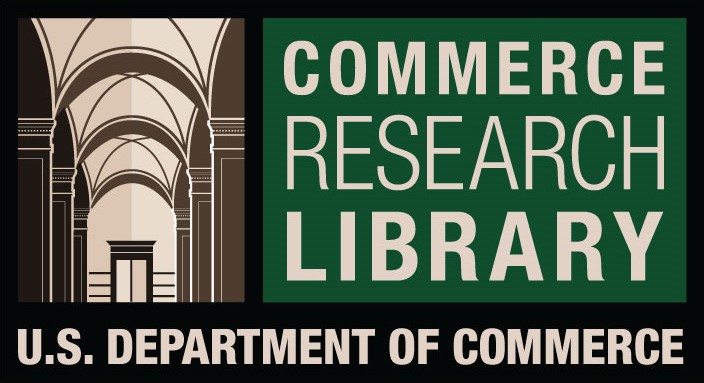The Impact of Influencer Marketing on Brand Perception and Consumer Purchase Intentions: A Social Influence Theory Perspective
DOI:
https://doi.org/10.61841/87w3fs16Keywords:
Influencer Marketing, Brand Perception, Consumer Purchase Intentions, Social Influence Theory, Marketing Strategies, Normative InfluenceAbstract
This research explores the impact of influencer marketing on brand perception and consumer purchase intentions through the lens of Social Influence Theory. In the digital age, influencer marketing has become a crucial strategy for brands aiming to shape consumer attitudes and drive purchasing decisions. Social Influence Theory provides a framework for understanding how influencers, as social agents, affect consumer behavior by leveraging both normative and informational influence. This study employs a mixed-methods approach, combining quantitative surveys and qualitative interviews, to assess how influencer endorsements alter brand perception and influence purchase intentions. The findings indicate that influencers significantly impact brand perception by enhancing credibility and relatability, which in turn affects consumer purchase intentions. The research contributes to the understanding of the mechanisms through which influencer marketing operates and offers practical insights for brands seeking to optimize their marketing strategies in alignment with Social Influence Theory.
Downloads
References
1. Brown, D., & Hayes, N. (2008). Influencer Marketing: Who Really Influences Your Customers? Elsevier.
2. De Veirman, M., Cauberghe, V., & Hudders, L. (2017). Marketing through Instagram influencers: The impact of number of followers and product divergence on brand attitude. International Journal of Advertising, 36(5), 798-828.
3. Freberg, K., Graham, K., McGaughey, K., & Freberg, L. A. (2011). Who are the social media influencers? A study of public perceptions of personality. Public Relations Review, 37(1), 90-92.
4. Lou, C., & Yuan, S. (2019). Influencer marketing: How message value and credibility affect consumer trust of branded content on social media. Journal of Interactive Advertising, 19(1), 58-73.
5. Schouten, A. P., Janssen, L., & Verspaget, M. (2020). Celebrity vs. Influencer endorsements in advertising: The role of identification, credibility, and Product-Endorser fit. International Journal of Advertising, 39(2), 258-281.
6. Jin, S. V., Muqaddam, A., & Ryu, E. (2019). Instafamous and social media influencer marketing. Marketing Intelligence & Planning, 37(5), 567-579.
7. Ki, C. W., Cuevas, L. M., Chong, S. M., & Lim, H. (2020). Influencer marketing: Social media influencers as human brands attaching to followers and yielding positive marketing results. Journal of Retailing and Consumer Services, 55, 102133.
8. Alalwan, A. A. (2018). Investigating the impact of social media advertising features on customer purchase intention. International Journal of Information Management, 42, 65-77.
9. Hughes, C., Swaminathan, V., & Brooks, G. (2019). Driving brand engagement through online social influencers: An empirical investigation of sponsored blogging campaigns. Journal of Marketing, 83(5), 78-96.
10. Uzunoğlu, E., & Kip, S. M. (2014). Brand communication through digital influencers: Leveraging blogger engagement. Journal of Research in Interactive Marketing, 8(2), 162-179.
11. Dwivedi, A., Johnson, L. W., Wilkie, D. C., & De Araujo-Gil, L. (2019). Consumer emotional brand attachment with social media influencers: A transference of brand love. Journal of Product & Brand Management, 28(2), 286-299.
12. Campbell, C., & Farrell, J. R. (2020). More than meets the eye: The functional components underlying influencer marketing. Business Horizons, 63(4), 469-479.
13. Godey, B., Manthiou, A., Pederzoli, D., Rokka, J., Aiello, G., Donvito, R., & Singh, R. (2016). Social media marketing efforts of luxury brands: Influence on brand equity and consumer behavior. Journal of Business Research, 69(12), 5833-5841.
14. Djafarova, E., & Rushworth, C. (2017). Exploring the credibility of online celebrities' Instagram profiles in influencing the purchase decisions of young female users. Computers in Human Behavior, 68, 1-7.
15. Stubb, C., & Colliander, J. (2019). “This is not sponsored content”: How the recognition of influencer marketing content affects consumers' moral judgments. Journal of Business Ethics, 157(1), 147-160.
16. Glucksman, M. (2017). The rise of social media influencer marketing on lifestyle branding: A case study of Lucie Fink. Elon Journal of Undergraduate Research in Communications, 8(2), 77-87.
17. Sokolova, K., & Kefi, H. (2020). Instagram and YouTube bloggers promote it, why should I buy? How credibility and parasocial interaction influence purchase intentions. Journal of Retailing and Consumer Services, 53, 101742.
18. Audrezet, A., de Kerviler, G., & Moulard, J. G. (2018). Authenticity under threat: When social media influencers need to go beyond self-presentation. Journal of Business Research, 117, 557-569.
19. Tafesse, W., & Wood, B. P. (2021). Followers' engagement with Instagram influencers: The role of influencers' content and engagement strategy. Journal of Retailing and Consumer Services, 58, 102303.
20. Pansari, A., & Kumar, V. (2017). Customer engagement: The construct, antecedents, and consequences. Journal of the Academy of Marketing Science, 45(3), 294-311.
Downloads
Published
Issue
Section
License
You are free to:
- Share — copy and redistribute the material in any medium or format for any purpose, even commercially.
- Adapt — remix, transform, and build upon the material for any purpose, even commercially.
- The licensor cannot revoke these freedoms as long as you follow the license terms.
Under the following terms:
- Attribution — You must give appropriate credit , provide a link to the license, and indicate if changes were made . You may do so in any reasonable manner, but not in any way that suggests the licensor endorses you or your use.
- No additional restrictions — You may not apply legal terms or technological measures that legally restrict others from doing anything the license permits.
Notices:
You do not have to comply with the license for elements of the material in the public domain or where your use is permitted by an applicable exception or limitation .
No warranties are given. The license may not give you all of the permissions necessary for your intended use. For example, other rights such as publicity, privacy, or moral rights may limit how you use the material.












